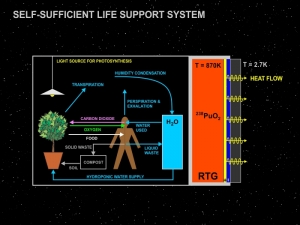Microalgae and Photobioreactors for SIMOC
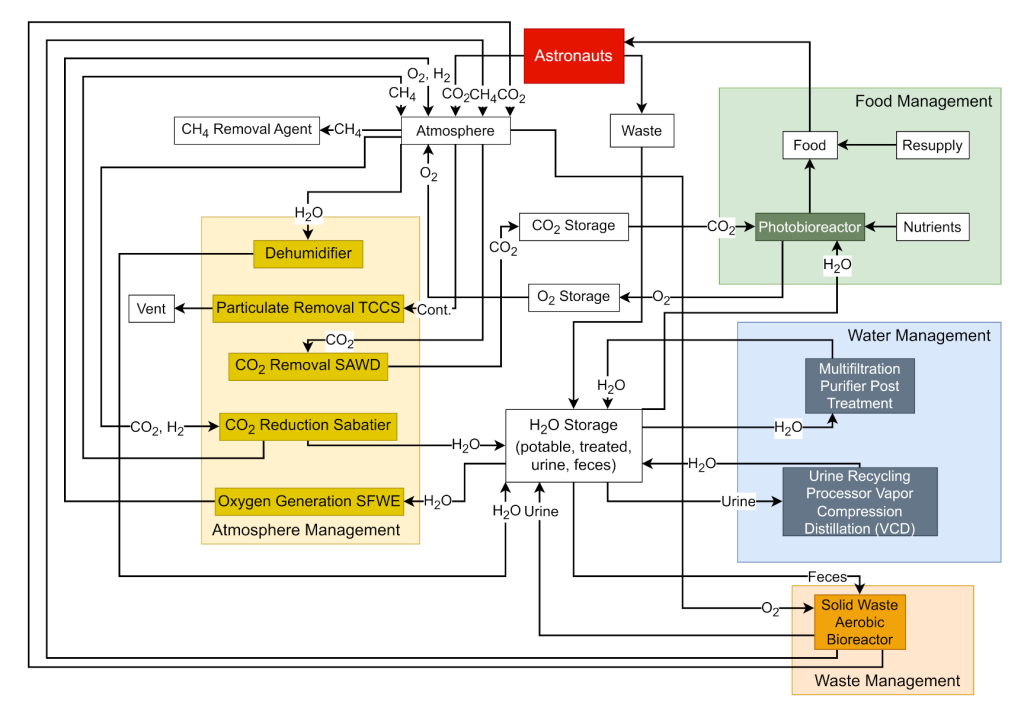
Figure: Proposed ECLSS concept for DIANA, adapted for simulation in SIMOC.
Microalgae and Photobioreactors for SIMOC
by Lucien Volk, Masters student candidate
Technical University at Munich (TUM), Munich, Germany
Future space exploration missions aim to venture to the Moon, Mars and beyond. It is the current consensus in the ECLSS community, that these long durations missions will require hybrid and biological life support systems for these missions to be realistically feasible. Microalgae grown in photobioreactors seems to be a promising component part of these necessary life support system architectures since they can absorb the CO2 human’s breath out while producing the vital O2. Additionally, they can potentially provide several other services such as food production and wastewater treatment. The goal of the research performed at the Technical University of Munich (TUM) was to implement a microalgae photobioreactor in SIMOC to enhance its capabilities and study the impact of photobioreactors on a life support system architecture.
The photobioreactor implemented was based on the research work performed under the “PBR@LSR” project at the University of Stuttgart [1]. SIMOC was able to reproduce the gas characteristics observed in the experiment. With regards to food production, the research at TUM concluded that a microalgae photobioreactor operated in a semi-continuous mode (algae is grown continuously and only partially harvested) is likely to produce more biomass than a photobioreactor operated in batch mode (algae is fully harvested every cycle). However, required photobioreactor volume heavily depends on whether CO2 is absorbed, O2 produced, or food provided and can be up to 500L per person. Therefore, a microalgae photobioreactor is often geared towards a specific task.
Finally, the microalgae photobioreactor was implemented as part of a proposed Moon base, specifically the base concept “DIANA” of Astraeus e.V. [2]. Here, SIMOC revealed that a photobioreactor could contribute to a stable ECLSS system providing 30g/d of food per crewmember, producing parts of the necessary O2 and processing parts of the CO2. While it was shown that microalgae photobioreactors could be implemented in SIMOC, several improvements must be made to said model to be more precise and usable before it can become an official component in SIMOC.
The research work performed with regards to microalgae photobioreactors and SIMOC will be presented as a poster at ICES 2025, pending approval of the abstract.
Sources
[1] H. Helisch et al., “High density long-term cultivation of Chlorella vulgaris SAG 211-12 in a novel microgravity-capable membrane raceway photobioreactor for future bioregenerative life support in SPACE,” Life Science in Space Research, pp. 91–107, 2019, ISSN: 2214-5524. DOI: https://doi.org/10.1016/j.lssr.2019.08.001.
[2] D. Acker et al., “DIANA-Dedicated Infrastructure and Architecture for Near-Earth Astronautics,” 51st International Conference on Environmental Systems, 2022.


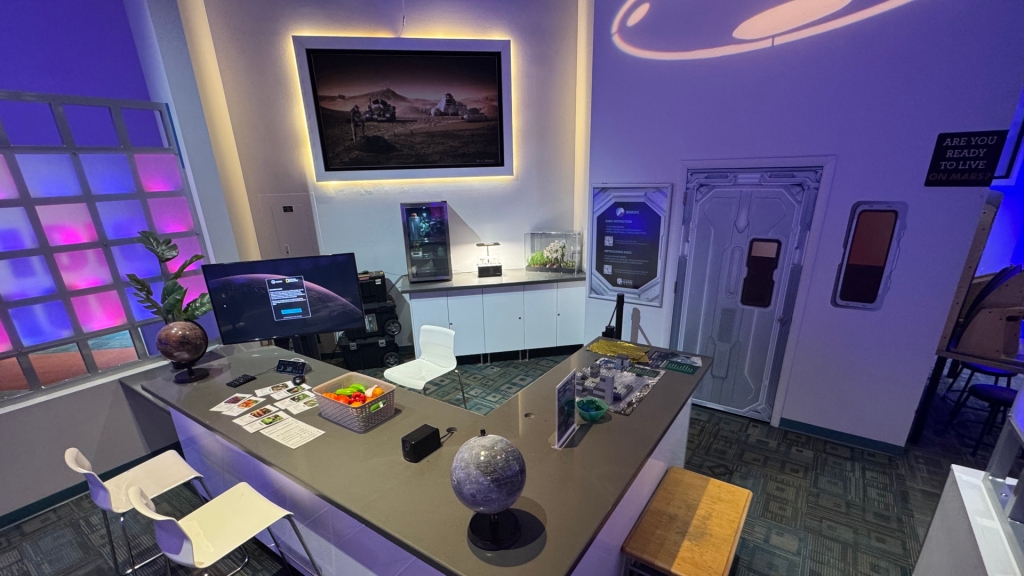
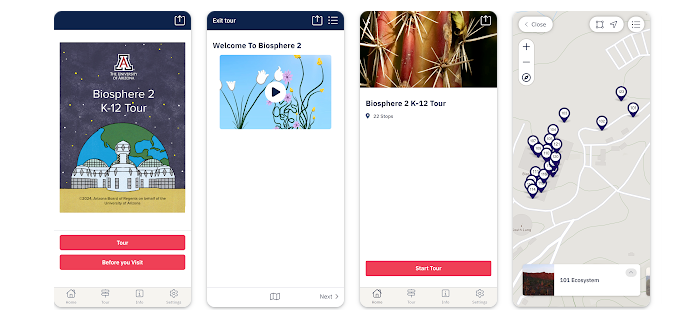
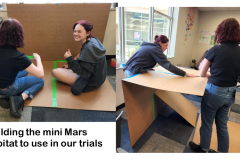
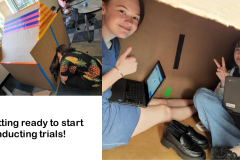
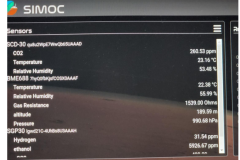
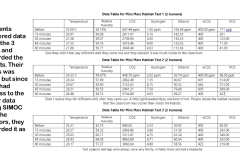
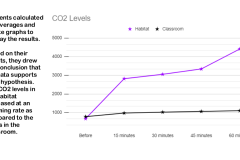
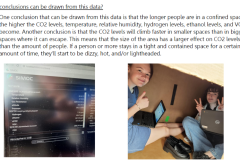
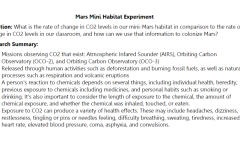
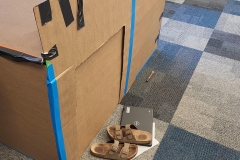
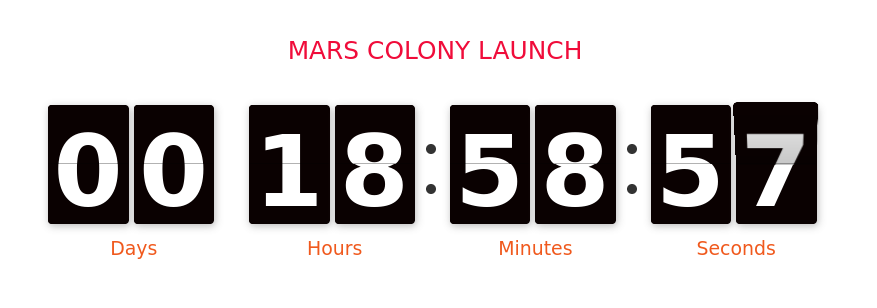
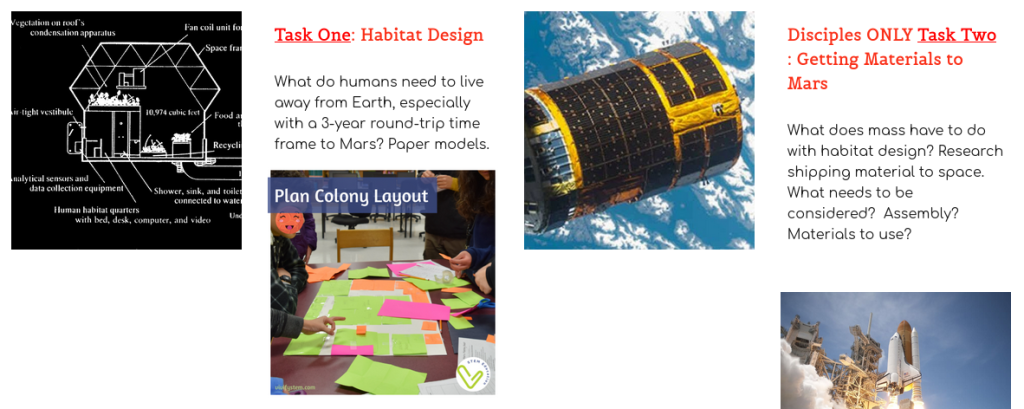
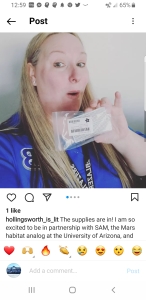
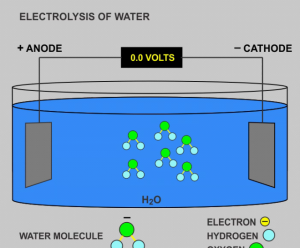 Science educator and writer Dan Heim answers the question, “I know there’s water ice on the Moon and Mars, and I get how it can be melted and used for drinking, but I don’t get how they can make rocket fuel out of it. — WJ, Provo, UT”
Science educator and writer Dan Heim answers the question, “I know there’s water ice on the Moon and Mars, and I get how it can be melted and used for drinking, but I don’t get how they can make rocket fuel out of it. — WJ, Provo, UT”